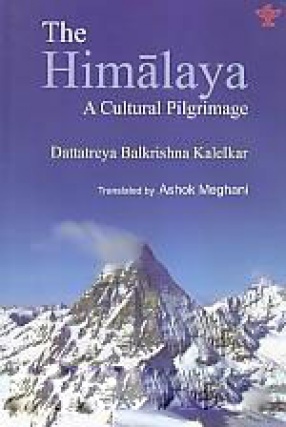
Sahitya Akademy

100 books


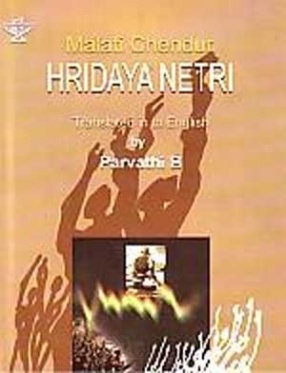


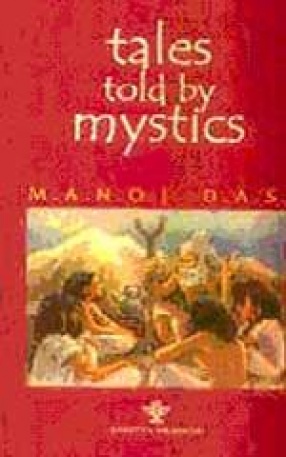
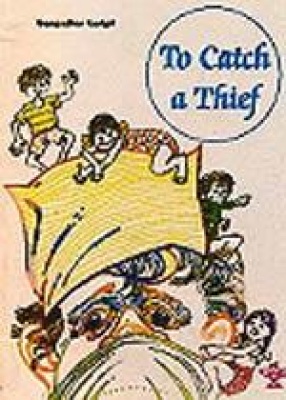
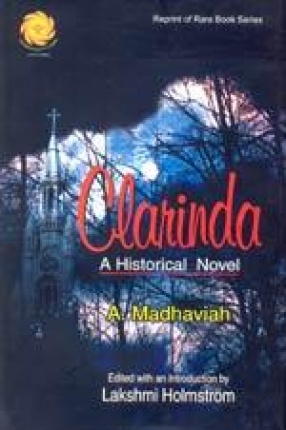
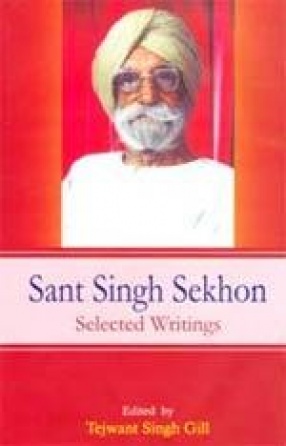
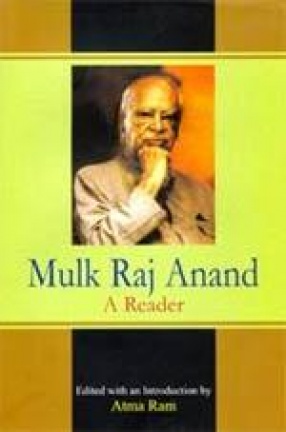
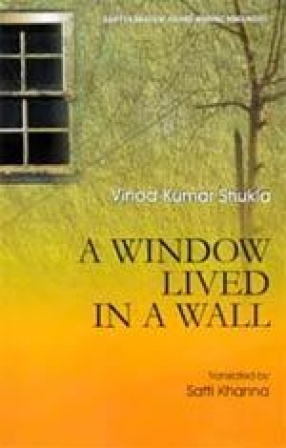
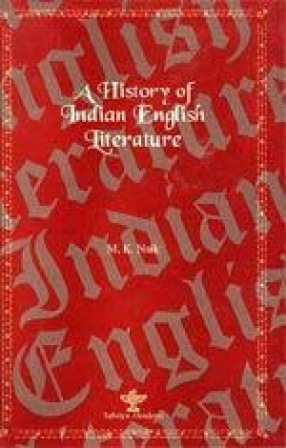
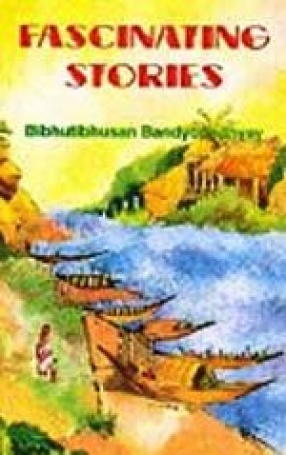
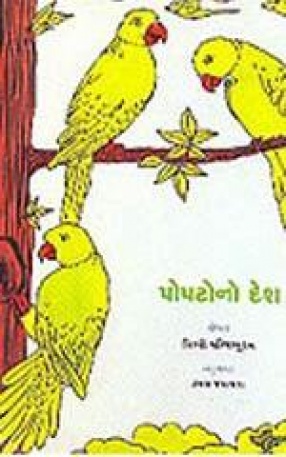

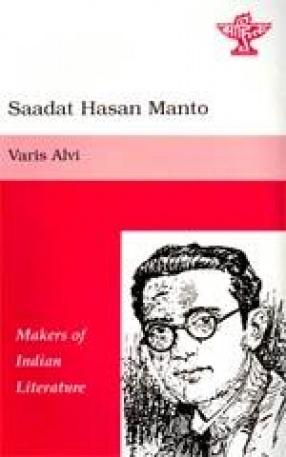

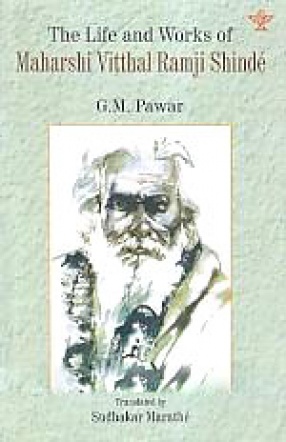
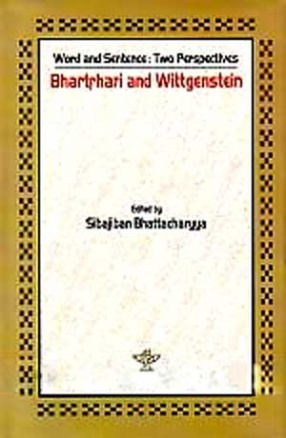


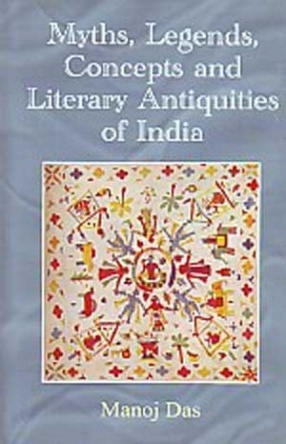
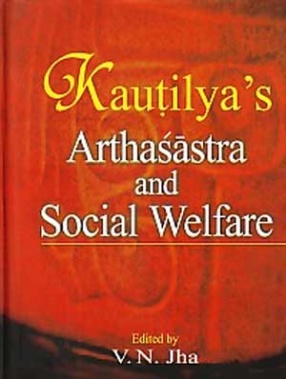
Papers presented at the National Seminar on "Kautilya's Arthaśāstra and Social Welfare", held at Pune during 29-31 January 1996.


In this remarkable collection of over 100 images, the history of the Sikh prowess in war is documented in photographs covering 150 years, supplemented by early prints and paintings. Amandeep Singh Madra and Parmjit Singh trace the spiritual and ethical origins of the Sikh call-to-arms, from the martyrdom and conflict of the Mughal period, which led to the founding of the Khalsa, to the Afghan and Persian invasions. They describe the rise of the Sikh kingdoms and ...

Tales told by mystics: A significant branch of India’s vast literary heritage consists of tales told by mystics through the ages, different from myths and legends. Though taken for granted as a part of our folklore and rarely discussed, their influence on the minds of generations of common people has been only next to that of the epics. Sometimes they hit the nail on the head, sometimes they shock and sometimes they make one laugh at oneself, but they ...

Rabindranath Tagore (1861-1941) became an international figure when his Gitanjali, an anthology of religious lyrics, originally written in Bengali and translated into English by the poet himself, was awarded the Nobel Prize for Literature--the first ever to an Asian--in 1913. Since then he came to be known not only as a great writer but also as the most able spokesman of modern India. Till today he is the most widely read Indian author in India and abroad. ...
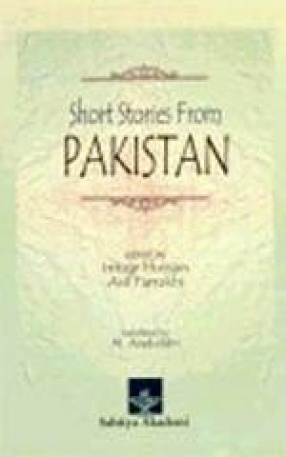
The short stories - written originally in Urdu, Punjabi, Sindhi, Pushto and Saraiki, and now translated into English - showcased in this anthology engage with the above questions in their own ways, articulating a multiplicity of voices and experiences. They chronicle the birth of the Pakistani nation in traumatic circumstances and its chequered history over the past fifty years, through depicting the "desires and aspirations, fear and horror, pride, shame, ...

1. To Catch a Thief: To Catch a Thief is a collection of three such short plays bringing alive the playfulness of such enterprises interestingly. A relative o visit is mistaken for a thief and dealt sternly with while the actual thief takes them for a ride feasting with them. The smart, noisy and lovable children in the family and their friends face the situations in their own way enthusiastically and endear themselves to the elders despite the pranks and ...
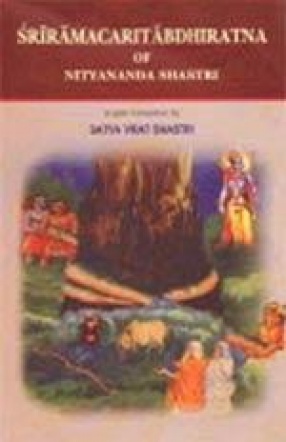
Composed by one of the foremost Sanskrit poets and scholars of the earlier part of the 20 Cen. Pandit Nityananda Shastri, the Mahakavya delineates the life story of Lord Rama which he conceives as the ocean, the Udadhi, in fourteen cantos, the figure corresponding to the number of the jewels, the ratnas come out of it when churned. The figure also is reminiscent of the number of years of exile of the Lord. The Mahakavya is composed in the age-old Citrakavya style ...

Clarinda written in English is a novel set in the mid-18th century.The story is based on a historical figure, a real Clarinda, the widow of a Maratha Brahmin, who had been one of the King's servants in Tanjore, and after her husband's death became the concubine of an English officer of the name of Lyttleton.She asked Rev. Schwartz to baptize her when he visited Palayamkottai. He refused, however, because of her'irregular union'.Some years later, after her ...

The volume includes selected writings of Sant Singh Sekhon, the most innovative writer of Punjabi in the 20th century. Starting his literary career as a poet of English, albeit of great promise, he shifted to Punjabi out of deep alignment with Punjab, its language, literature and culture. Though modern literary forms, short story and one-act play for example, may have originated with his predecessors, they owe their beginning to him. If criticism has come to ...

Mulk Raj Anand (1905-2004) was an Indian English writer of world repute. His first ten books were from London. He has over 22 books of fiction and a large number of publications on art, education and culture, and thousands of letters. Although considerable research on Anand has been done and numerous critiques have appeared, there is hardly any book that carries a careful selection from his writings. Only three volumes of his letters have been published. Some of ...

Raghuvar Prasad teaches Mathematics at a local college. He lives in a one-room rental eight miles away from his place of work. He travels to work by jitney, cramming into whatever space is left by other passengers, milk cans, winter blankets and vegetable baskets. The mode of transportation is unreliable; jitneys won’t stop for him when they are full. A sadhu atop an elephant befriends him, offering him a ride to the college on his elephant. The Head of the ...

Indian English Literature began as an interesting by-product of an eventful encounter in the late eighteenth century between a vigorous and enterprising Britain and a stagnant and chaotic India, and is now nearly two hundred years old. It is literature written originally in English by authors Indian by birth, ancestry or nationality. It is no part of English literature, any more than American literature or Australian literature can be said to be a branch of ...

The stories presented here bring to life the face of Bengal as it was at the beginning of the 20th century. In these stories the reader will meet the poverty and the attraction of the quiet countryside-the gentry, the peasants, the women-folk and the boys of a close-knit society. Perhaps he will also share the happiness of the truant boys roaming about the fields in gay abandon in a glorious summer morning in Bengal. Here are some stories involving ghosts and ...

This book is Gujarati translation of Malyalam Book - Tathakalute Gramam authored by famous writer Sri Sippy Pallipuram. This is a collection of Short Stories for Children and has been translated by Kamal Jasapara.

This book is an absorbing account of a series of adventures four brave girls burst into while on a trek. An encounter with a fierce tiger across a spring in the jungle separates them from each other and thus starts a string of challenges. The story unfolds itself through thrilling incidents and surprises which the author skillfully weaves together to give a tale tumultuously fascinating.

During the last couple of decades, several critiques have been directed at the prevailing logic and practices of the Indian nation-state. Through the late 1970s and 80s, the women's movement raised important questions not just about the structural exclusion and under-valuation of women's contributions to national life but also about the cultural dimensions of patriarchy. Questions of secularism and religious identity that had been brewing from the early 80s came ...

Translated from Urdu, this short biography of Manto recounts the life and personality of a bold and unmitigated realist of his times. A generation after Premchand, the story writers that came to the forefront, among them Krishan Chander, Rajinder Singh Bedi, Ismat Chugtai and Saadat Hasan Manto were most outstanding. Manto had a deep insight into human nature and a surprisingly keen understanding of human actions. Urdu short story rightly feels proud of its ...
